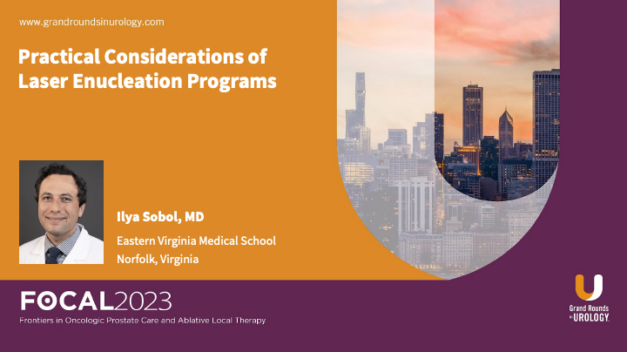KEYNOTE LECTURE: Too Little or Just Enough? The Role of Focal Therapy in ProtecT Era
Freddie Hamdy, MD, presents an insightful analysis of the role of focal therapy in the treatment of prostate cancer within the ProtecT era. He explores the balance between overtreatment and undertreatment, emphasizing the need for tailored approaches that maximize patient outcomes while minimizing unnecessary interventions.
Dr. Hamdy discusses the ProtecT trial’s findings, which highlight the benefits and limitations of active monitoring, surgery, and radiotherapy for localized prostate cancer. Focal therapy emerges as a promising middle ground. His presentation covers various focal therapy techniques, including high-intensity focused ultrasound (HIFU), cryotherapy, and focal laser ablation.
Dr. Hamdy stresses the importance of accurate patient selection, including diagnostic evaluations, multiparametric MRI, and targeted biopsies, for focal therapy. He also addresses the necessity of follow-up protocols including regular PSA testing and imaging.
Read More




